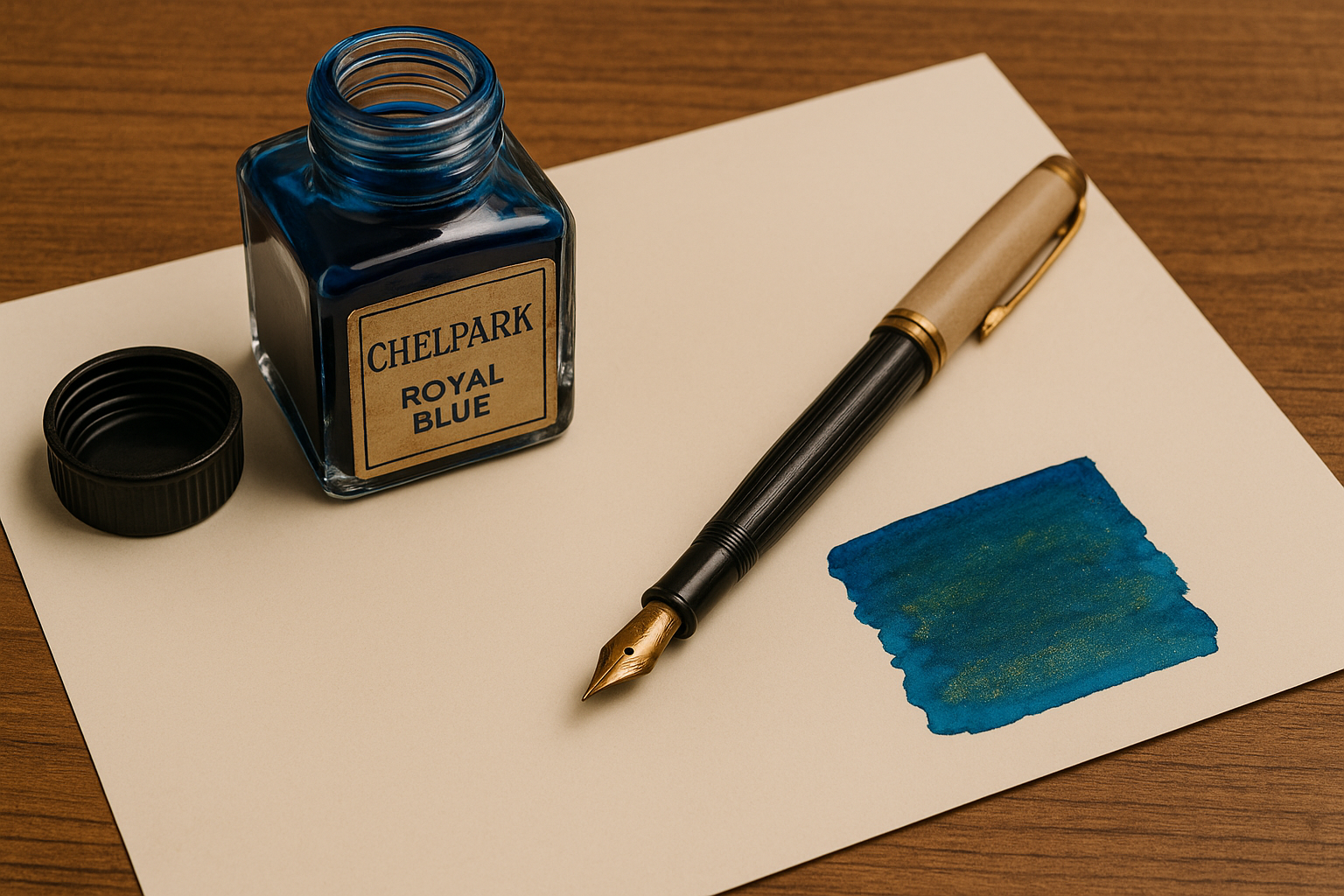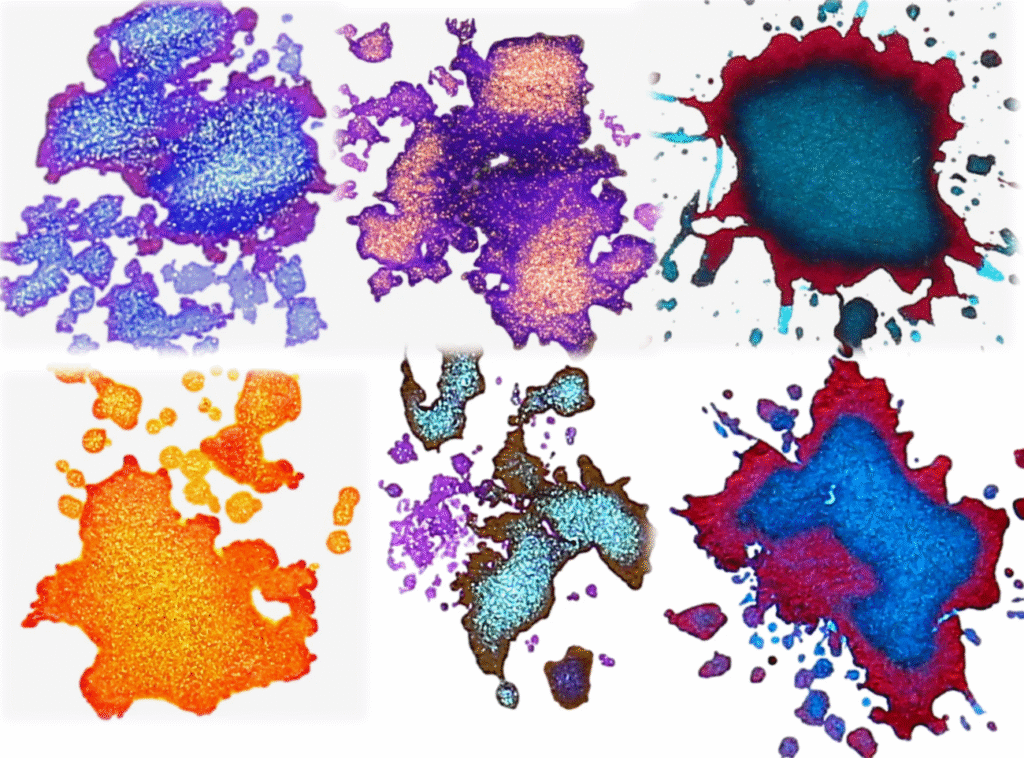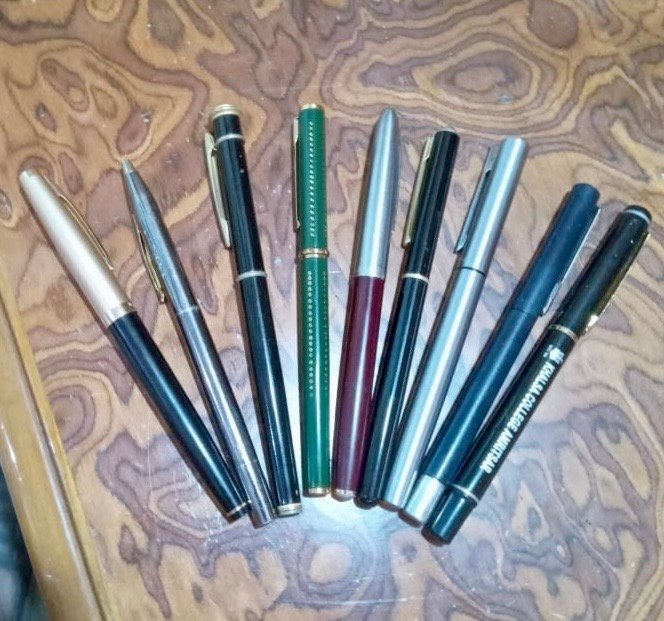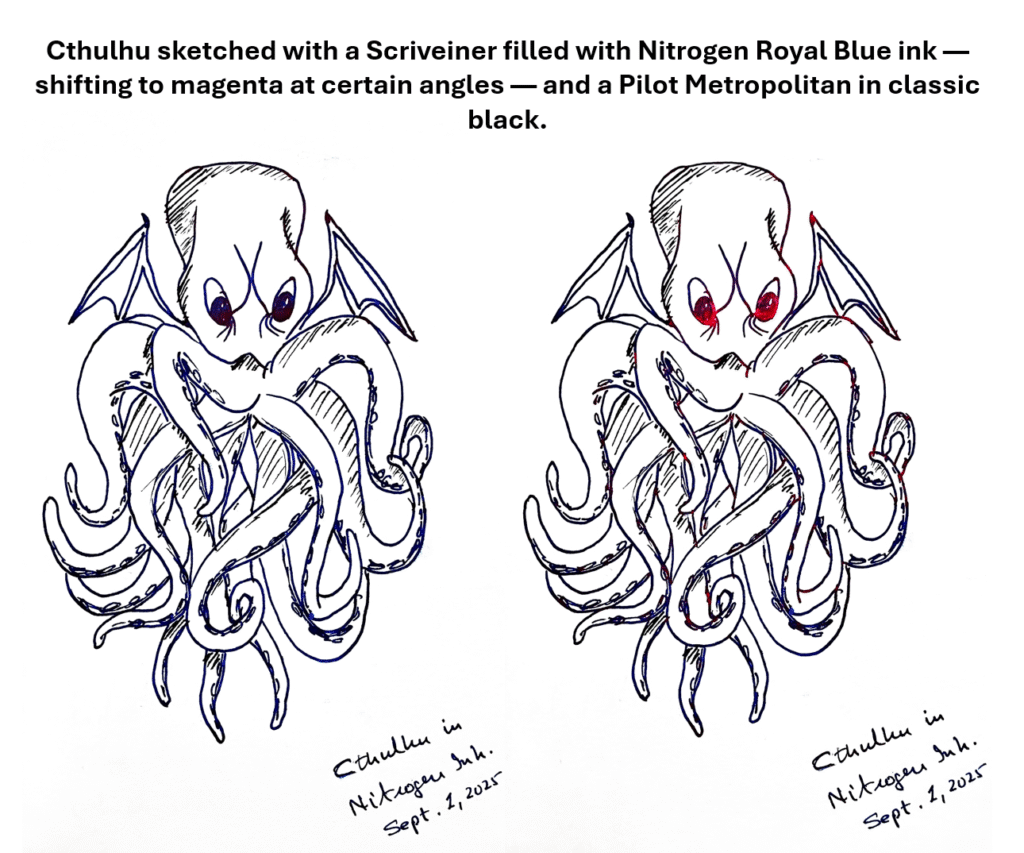Ink-Stained Memories: A Life with Fountain Pens & Inks


A close friend of mine and I often call ourselves fountain pen enthusiasts, though the truth is that half the joy comes from the inks. We are drawn to bottles that shimmer with copper sheen, glisten with hidden sparkles, or shift color when the light changes. There’s something magical about watching a line of ink reveal secrets with each tilt of the page.
But my story with fountain pens goes back much further – back to my school days in India, when ink was not just an accessory but a rule of life.
School Days and the Discipline of Penmanship
Until the third grade, our writing world was ruled by pencils. But from the fourth grade onward, we graduated to fountain pens. That transition was not simply about upgrading our tools; it was a rite of passage. The Indian school system of the 1970s and 1980s placed a deep emphasis on penmanship. Beautiful handwriting was both expected and enforced.
Fountain pens were mandatory. Ballpoints, on the other hand, were forbidden fruit. Every so often, a daring student would sneak one into class, only to have it promptly confiscated by the teacher. If you were lucky, you got it back at the end of the day. Ballpoints weren’t officially allowed until ninth grade, when suddenly they lost their air of danger and became commonplace.
Heroes, Parkers, Camelin, and Chelpark Blues
I would use inexpensive Indian-made pens with twist pistons – functional, reliable, and made to survive a child’s backpack. Then there were the prized Hero pens from China. With their smaller, sleeker nibs, they felt exotic. Owning one elevated your status in the classroom hierarchy.
Ink, meanwhile, was a daily companion and an occasional nuisance. Each class kept a shared ink bottle, ready for refills when your pen ran dry mid-sentence. Some children carried their own bottles, which led to disasters when one leaked or spilled. To this day, I can picture the horror of opening a bag and finding notebooks drenched in blue.

The color was never a choice. Only Royal Blue or Blue-Black was allowed, and exam proctors made sure no rebellious shades slipped through. The ink we all knew best was Chelpark, a household name. Few of us realized then that “Chelpark” itself was a blend of two worlds: the Chellaram family of Bangalore and the Parker Pen Company. For us, it was simply the bottle that lived in every classroom, staining our fingers, our shirts, and our memories. My father preferred the Chelpark’s Blue-Black over the Royal Blue.
The Repairman of Amritsar
Fountain pens could be fragile companions, especially in the hands of children. A single drop on the concrete classroom floor could bend a nib beyond repair. But in my hometown of Amritsar, salvation lay at Chimni General Merchants & Stationers. Mr. Chimni could fix almost any pen. His shop carried replacement nibs for nearly every make and model. In many ways, he was the guardian of our writing tools, rescuing Parkers, Chelparks, and Hero’s from ruin and giving new life to the pens our parents scolded us for damaging. Today, the business continues under Mr. Chimni’s son, my friend Rajminder Singh Chimni, who has grown it into a destination for collectors, offering fountain pens from all major brands of the world.

From School Desks to Collector’s Shelf
That childhood immersion laid the foundation for a passion that has lasted decades. Today, my collection has grown beyond the simple piston fillers of school. I still keep a couple of old Hero pens, relics of those days, but now they share space with Esterbrooks, Visconti, Mont Blanc, Parkers, Watermans, Kawecos, Lamys, Scriveiners, and a few others. Each pen has its own voice, its own character.
Yet even with all these pens, I find myself most fascinated by the inks. In recent years, I’ve sought out bottles far more adventurous than the Royal Blue of my youth. I experiment with shimmering bronzes, color-shifting purples, and greens that glow like jade. My friend and I often trade samples, create swatches, and marvel at how a single ink can dance differently depending on the light.
Why It Matters
Fountain pens may seem old-fashioned in a world where most words live on screens. But for me, they are more than writing tools. They are memory keepers. Each fill of ink recalls the discipline of school days, the thrill of owning a Hero pen, the smell of Chelpark, and even the nervous glance at an exam proctor checking the shade of blue.

Today, when I sit with a pen in hand, I’m not just writing or drawing. I’m traveling – back to a wooden desk in India, back to stained fingers and shared bottles, forward to shelves lined with pens that carry both history and promise. Some collect watches, others stamps. I collect pens and inks, yes – but more than that, I collect the stories they’ve written into my life.
👁️ 54 views


2 Comments on “Ink-Stained Memories: A Life with Fountain Pens & Inks”
Wah, gianiji wah! Khush kitae…
One of the most coveted gifts growing up used to be – Gold or Silver Parker pen in a gift box.
Great post. And in the words of Limp Bizkit – Keep Rollin….